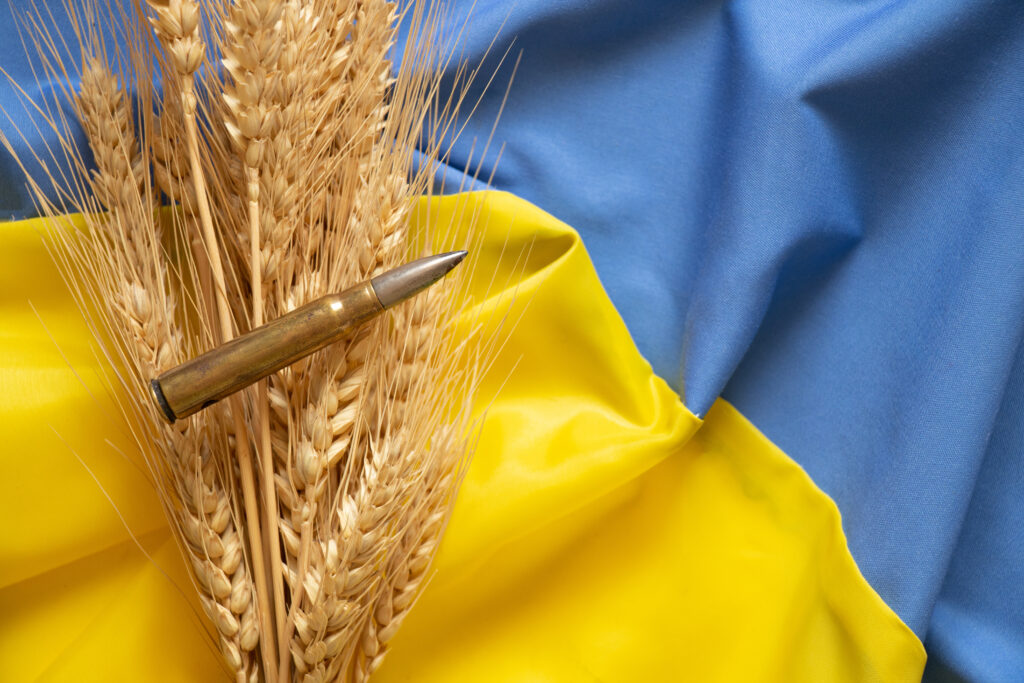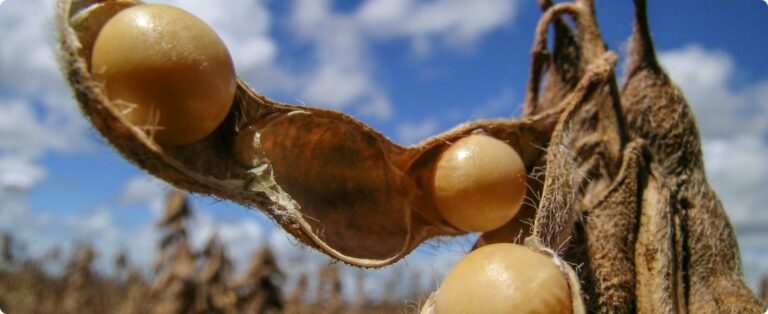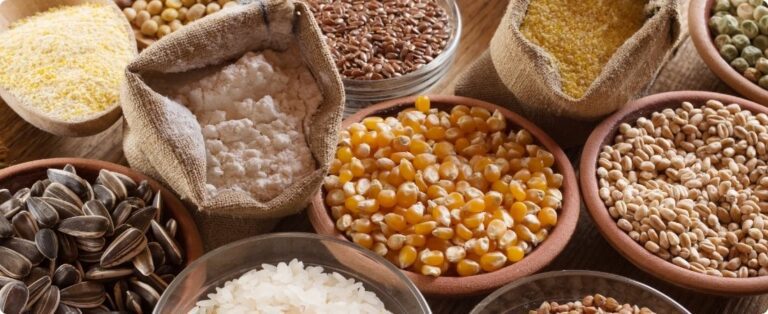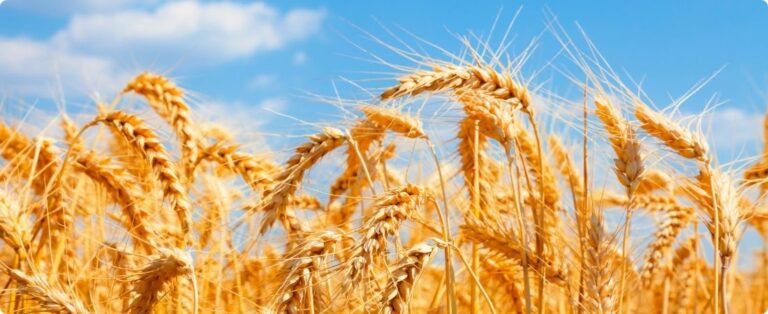Ukrainian farmers plan small reduction in winter wheat acreage despite export crisis

Ukrainian farmers plan to reduce the winter wheat sown area for the 2024 season despite higher logistical costs due to the wartime export crisis, a senior agriculture official told Reuters on Tuesday.
Ukraine is a major producer of wheat and the end of the Black Sea corridor, used to safely export grain during the war, has encouraged speculation that farmers could sow less wheat because of reduced profit margins due to trade routes. more expensive export.
On Monday, the Ministry of Agriculture cited survey data showing that farmers could indeed reduce winter wheat sowing area, while increasing winter rapeseed area for 2024 to a record level.
However, First Deputy Agriculture Minister Taras Vysotskiy told Reuters on Tuesday that the possible reduction in winter wheat could amount to as little as 0.1%.
“Wheat not significantly – minus 0.1%,” he said. The estimate has not been previously reported.
An expected reduction in winter grain area would affect other grains. A drop of 5.4% is expected in barley sowing this winter. Ukraine sowed around 4.1 million hectares of winter wheat for the 2023 harvest. The winter barley area was around 615,000 hectares.
Ukraine is a traditional producer of winter wheat, which accounts for at least 95% of the country's total wheat production.
Sowing trends: Increase in winter crops and impacts on spring grain production
Farmers have already completed the 2023 wheat harvest, threshing 21.94 million tonnes. In 2022, the harvest totaled 20.7 million tons.
Certainly, the lack of prediction creates uncertainty. Furthermore, the possible expansion of the winter harvest worries traders. However, diversification can be beneficial. On the other hand, the impact on corn and barley is a concern.
Currently, Ukraine can export limited volumes through small river ports on the Danube and through its western land border with the European Union.
Producers had to adapt in 2023, replacing grains with oilseeds. This change made production more expensive and reduced volume.
Ukraine has already reduced its maize sowing area in favor of sunflowers in 2023.
Source: Pavel Polityuk | Notícias Agrícolas















